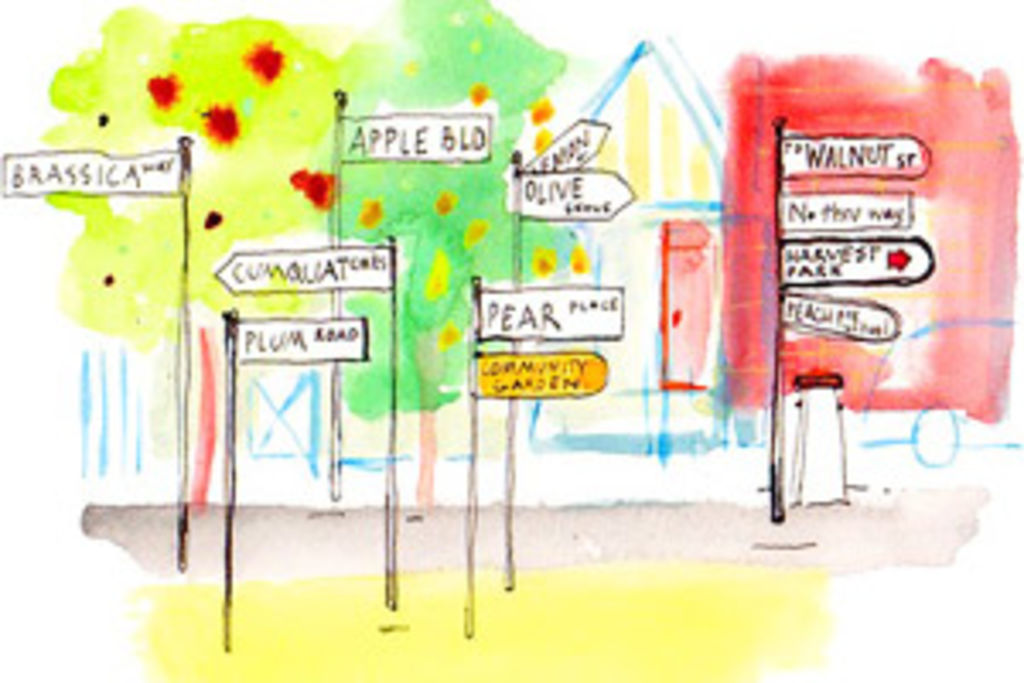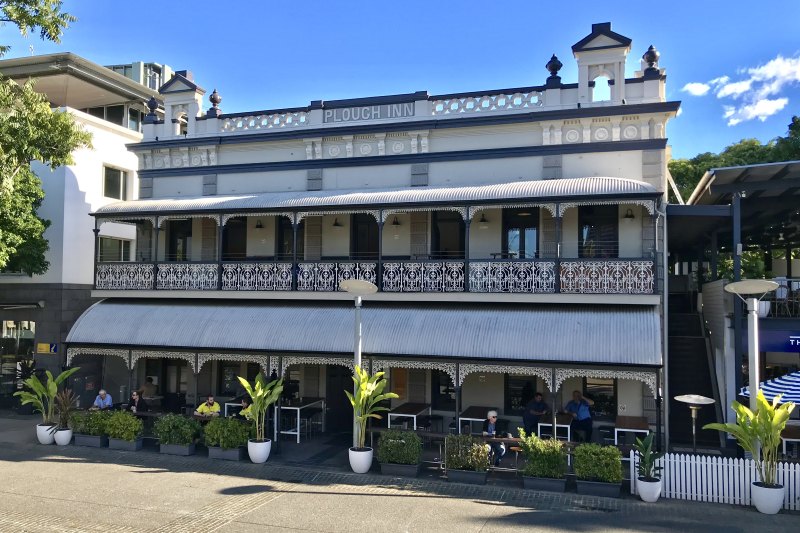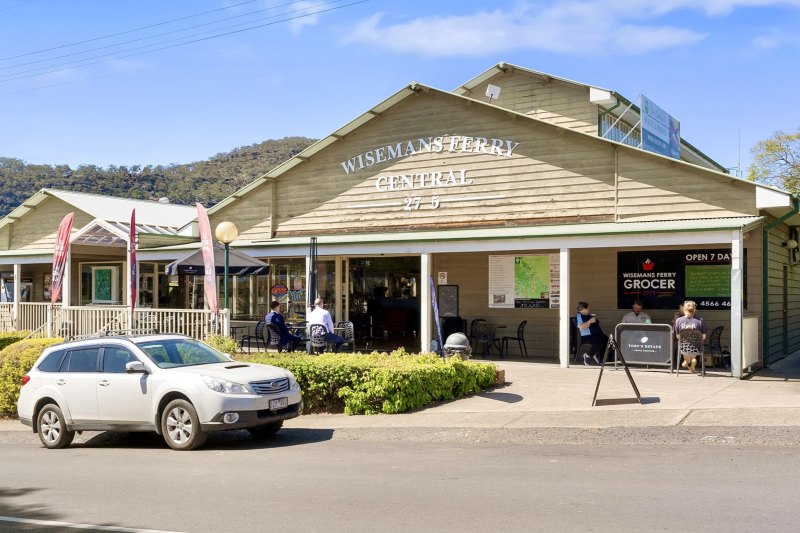Bearing fruit: edible landscapes

Our public spaces need not only be ornamental, according to Andrew Partos from state property developer VicUrban.
“Streets can be productive as well as aesthetic, and fruit trees are often very beautiful to grow,” he says.
In its Meridian housing development in Dandenong, VicUrban is putting nutrition into the nature strip. The streets will be lined with a mix of about 20 kinds of productive trees, including apricots, apples, pears, figs, mulberries, lemons, olives and hazelnuts.
“There are also urban orchards in the public open space and an area set aside for community gardens,” Mr Partos says.
The first two stages of the development have sold out and the third is scheduled for release this year. A residents’ association will manage and harvest the trees, together with local groups and schools, if necessary.
The approach was modelled on similar schemes in Europe and North America. Here, many councils have long been opposed to public fruit trees for fear of maintenance bills or litigation should something go wrong.
“Those arguments can be addressed,” Mr Partos says.
“Some areas of California have had productive landscapes in their streets for a long time, with community organisations set up to manage and run them.”
As well as the edible trees, Meridian includes liveable street design, where slow-moving cars must share the paths with pedestrians.
The stormwater run-off flows into green landscaped edges, where it waters plants directly.
“Productive landscapes deal with a number of sustainability issues. If you can provide locally sourced fruit, you remove a lot of the oil used in fertilising, harvesting, transporting and purchasing it,” Mr Partos says.
“But we’ve found that the even greater benefit of all this is the creation of strong neighbourhoods and communities.”
Kirsten Larsen, of the Victorian Eco-Innovation Lab at the University of Melbourne, says it’s crucial we understand that food is a major part of our household footprint.
“When we talk about reducing environmental impact, we often don’t include food. But it is our biggest source of water use, half our waste to landfill, and nearly 30 per cent of our household greenhouse gas emissions,” Ms Larsen says.
She says the planning model for urban areas must change. “We suck resources into our cities, use some of them and waste a whole lot. We need to think about our cities as productive, as well as consumptive spaces. We have the resources here that we need: water, nutrients, space and sunlight.
“Growing some of our food helps close energy, water and nutrient cycles. It cuts the need for transport, encourages healthy eating, and can create green spaces, cooler urban areas and jobs.”
The Eco-Innovation Lab has developed an online “food map” detailing locations of food production across the city.
Ms Larsen says interest in city food growing has been “exploding”, with guerilla gardeners, backyard produce swaps, and people grafting fruiting varieties on to existing ornamental trees.
In that spirit, Yarra Urban Harvest is about to plant a community orchard on private land in Collingwood. The group also encourages people to plant productive trees on nature strips and traffic islands — especially in Yarra, where the council hasn’t been removing public gardens set up by residents.
michaelbgreen.com.au
vicurban.com
ecoinnovationlab.com
yarraneighbourhoodorchard.webs.com
We thought you might like
States
Capital Cities
Capital Cities - Rentals
Popular Areas
Allhomes
More







